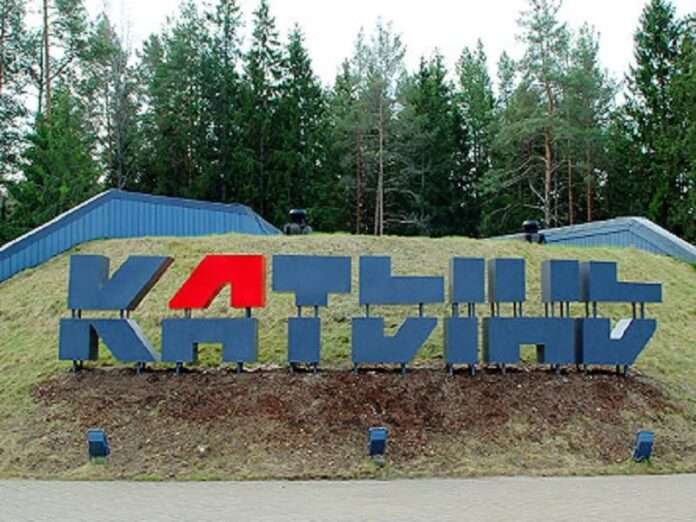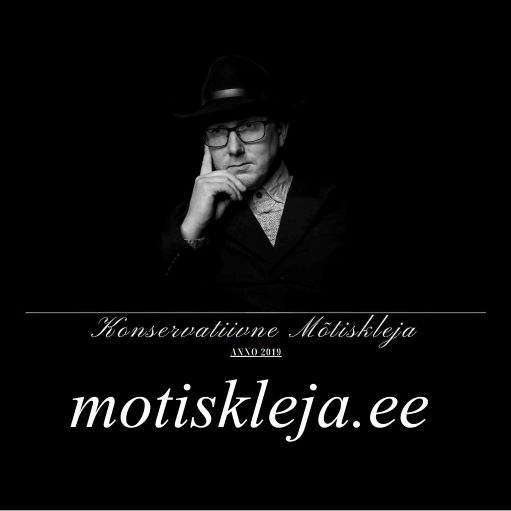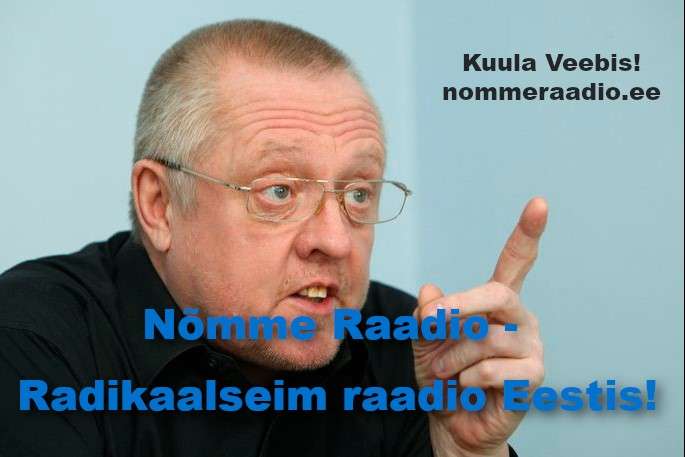The FSB just declassified archival documents about the Katyn Massacre that were obtained by the military counter-intelligence service Smersh (“Death to Spies”) from 1944-1945. This came around nine months after Duma Speaker Vyacheslav Volodin suggested searching the archives for more information about this crime. Before analyzing exactly what the newly shared documents reveal, it’s important to remind the reader about Russia’s official position.
Former Soviet leader Mikhail Gorbachev admitted in 1990 that Stalin ordered the murder of several thousand Polish soldiers in a forest outside the western Russian town of Katyn in early 1940 and passed along incriminating documents to his Polish counterpart. The USSR had previously blamed the Nazis, who were the first to uncover these mass graves in 1943 but blamed the Soviets. A US House Select Committee investigation in 1952 concluded that Moscow was indeed guilty.
Gorbachev’s decision to come clean about this crime was part of his “glasnost” (“openness”) policy that was continued by his Russian successors in this particular respect, who built upon this legacy of truth and reconciliation by sharing more documents about what happened with Poland. It was later discovered that approximately 22,000 Polish soldiers were murdered in various sites throughout the USSR, but the incident continued to be internationally referred to as the Katyn Massacre.
Further investigations revealed that Katyn was where thousands of Soviet victims from what’s popularly known as the “Great Purge” were buried, thus turning the site into a common place of grief for Poles and Russians alike. A memorial was opened in mid-2000, which was where nearly the entire Polish leadership was planning to visit in April 2010 when their plane tragically crashed in Smolensk due to pilot error. That year was monumental for the investigation since it was intended to finally close this decades-long case.
Then-Prime Minister Vladimir Putin met with his Polish counterpart Donald Tusk several days prior to the tragedy in an event that represented the first time in history that these countries’ leaders jointly honored the Katyn victims. Publicly financed RIA Novosti reported that the Russian premier strongly denounced Stalin for his role in this crime and speculated that he carried it out as revenge for the over 32,000 Red Army troops who died in Polish captivity after the Polish-Soviet War that he personally led.
Former President Dmitry Medvedev then authorized the release of more documents later that month, which can be read here. In November 2010, the Duma adopted a statement “On the Katyn tragedy and its victims”, which condemned the “mass extermination of Polish citizens” that they blamed on “the arbitrariness of a totalitarian state” that also persecuted many Soviet citizens too. A decade after the Duma’s statement, Foreign Ministry spokeswoman Maria Zakharova confirmed that the issue is closed.
The newly declassified documents, however, suggest that there’s more to it. Here’s what TASS reported:
* “FSB declassifies archival evidence on Nazi executions of Poles, Katyn case”
* “FSB declassifies testimony on WWII forest massacre of Polish soldiers inside Russia”
* “FSB declassifies testimony Nazis forged forensic examination in Katyn case”
* “France, Denmark, Sweden questioned conclusions of Katyn massacre investigation — archive”
* “Nazi Germany’s Gestapo officers accompanied Katyn commission”
These five items that were published as of midday Moscow time on 13 April will now be summarized.
The documents cite witnesses who claimed that the corpses and their personal possessions appeared fresher than if they were buried for three years by that time. They also discuss the Gestapo’s manipulation of evidence, the pressure upon those who participated in the Nazis’ Katyn commission, and some of the latter’s doubts about Soviet guilt. There are also claims that the Nazis murdered about 1,000 Poles there in January, just a few months before the Nazis claimed to have found mass graves.
Provided that the testimonies are accurate and weren’t shared under duress or were the product of those with an ideological interest in blaming the Nazis for crimes while absolving the Soviets, these documents suggest one of two scenarios: the Nazis either carried out their own Katyn Massacre three years after the Soviets’ and then clumsily manipulated evidence in order to cover up their crime, or the Nazis really were responsible for the entire Katyn Massacre despite Russia’s officially admitted guilt.
The first scenario is the most likely since the second implies a series of convoluted conspiracies that also risk irreparably impugning the reputation of the Russian government, its security services, and leadership. For instance, the false flag theory is only plausible if one believes that the Russian security services under Gorbachev, Yeltsin, Putin, and Medvedev concocted such convincing evidence of Stalin’s role in this crime that they successfully duped the Duma and even former FSB chief Putin himself.
A related version of events is that Gorbachev, Yeltsin, Putin, Medvedev, the Duma, and the Russian Foreign Ministry all went along with the self-smearing lie that the Soviets were responsible for this crime based on convincingly concocted evidence out of desperation to improve ties with Poland. Both conspiracy theories also assume that Poland was either duped by the false evidence of Soviet guilt or stayed silent about it since doing so served their soft power interests with respect to historical memory.
Both versions of the second scenario are highly improbable and also extremely scandalous to hint at seeing as how deeply they discredit the Russian government, its security services, and leadership. It’s therefore much more reasonable that the Nazis might have discovered the Soviets’ mass Polish graves earlier than reported, opportunistically carried out their own Katyn Massacre there, then clumsily manipulated the evidence in order to cover it up while also trying to pin the whole blame on the Soviets.
In that event, the newly declassified documents might not have been shared earlier out of concern that Poland would have interpreted them as lending credence to the false flag theory despite the Kremlin’s prior admission of guilt, thus ruining their hoped-for rapprochement at the time. No such sensitivities presently exist after Poland destroyed the hard-earned progress on rebuilding their relations, however, hence the decision to finally release them for posterity’s sake nine months after Volodin’s suggestion.






